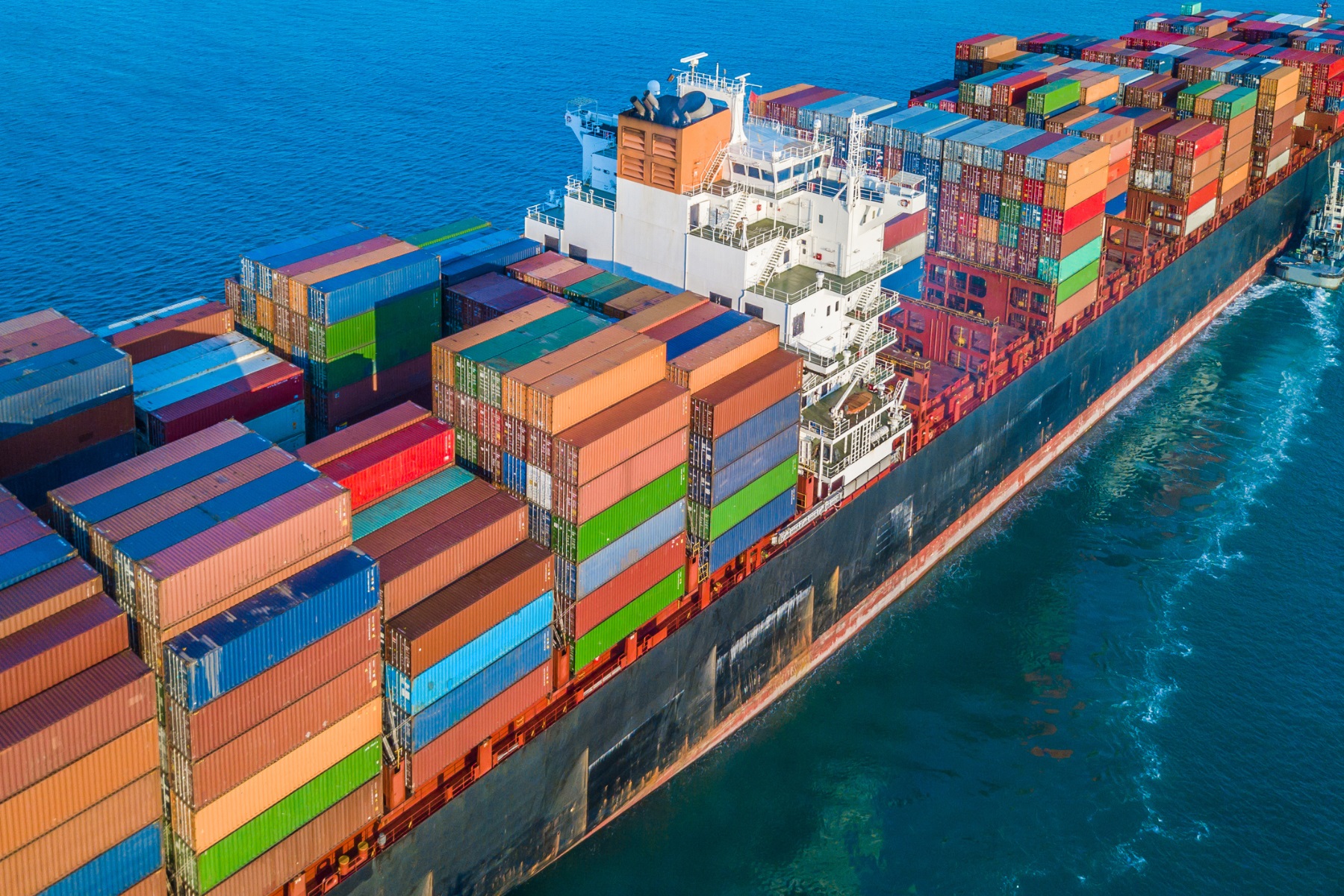Importing can be an excellent way to grow your business; opening new domestic markets, offering new products or services, or reducing manufacturing costs.
Depending on the type of goods and regardless of their value, you may be required to obtain a licence or permit to clear some goods through Customs. You will also need to ensure that the goods comply with safety and information standards.
There is no central body in Australia to assist with importing, however the Australian Border Force provides practical information on importing and buying goods from overseas.
Tip
The International Chamber of Commerce has developed a set of terms (Incoterms) to make it easier to negotiate trade between countries; they are important when you are receiving quotes from overseas suppliers for goods to be delivered by pallet or container load.
Basic steps for importing goods
Identify potential suppliers and obtain samples and prices
Some websites offer links to suppliers, however, be alert for potential scams.
The Australian offices of the following types of organisation may be able to help or provide information:
- International business councils – these can be found by searching online for “ Chamber of Commerce in Australia” eg. American Chamber of Commerce
- overseas trade promotion organisations
- diplomatic missions in Australia such as embassies and consulates.
Identify whether the products can be imported and if there are any restrictions or quarantine requirement
Labelling and marking on packages and products are also subject to Australian regulations.
Logistics
If you're importing small quantities the supplier may be able to arrange courier or postal delivery. If you're importing pallet or container loads, research Incoterms to understand the division of tasks, costs and risks between the overseas seller and you (the buyer). Customs Brokers can also assist with import duty rates, tariff concessions, quarantine requirements and an estimate of unloading costs. The Custom Brokers and Forwarders Council of Australia has a directory of customs brokers.
International Forwarders and Customs Brokers Association of Australia has a directory of customs brokers.
Contact the international division of your bank
You may need to discuss finance, payment options and associated costs.
Understand ‘landed cost’
This includes all costs such as freight forwarding and insurance, or ask your customs broker to do this for you.
Determine the selling price
You will need to ensure there is adequate margin to cover your costs and be profitable.
Place an order with the supplier
Once you have checked your plan is commercially viable, it’s time to place an order with your supplier. Ensure your order is confirmed in writing and that the terms and conditions of sale are clear to both parties.
Take delivery of the goods
Examine the consignment immediately for insurance purposes. Give a ‘clean receipt’ only once you are satisfied that there is no damage or shortage.
More information
- Read more about biosecurity in Australia.
- Learn more about trade measurement if the price of your goods is based on measurement and quality.

small business helpline
Can't find what you're looking for?
If you can't quite find the right information our business advisers are here to discuss any business questions or concerns.
